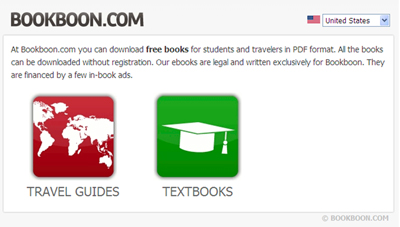Tired of trying to point your friends to that one picture on Facebook, or that great blog post with the ridiculously long URL (web address)? There’s a solution out there for you. Many websites have started offering URL shortening services. What is URL shortening?
Imagine you want to point someone to an article in InfoTech Tuesday and the article’s URL is itnews.itac.k-state.edu/2009/07/simplify-internet-browsing-by-using-tabs/ . Obviously, that URL is too long and difficult to dictate to someone. What if, instead of that gargantuan URL, you could give them tinyurl.com/muzhwa or bit.ly/3WASwn?
Those are a lot more manageable and won’t take up an entire line in an e-mail, which is the beauty of URL shortening. Continue reading “Spotlight: Make websites easier to visit with URL shortening services”
 Social bookmarking is the process of users storing and organizing webpages and web content in an open and public fashion. The end result of this is something called a folksonomy. Where a taxonomy is a strict categorization of the formal structure of a given thing, a folksonomy is a categorization and organization of the structure of a given entity by the common people (“folks”) who choose to help organize the information.
Social bookmarking is the process of users storing and organizing webpages and web content in an open and public fashion. The end result of this is something called a folksonomy. Where a taxonomy is a strict categorization of the formal structure of a given thing, a folksonomy is a categorization and organization of the structure of a given entity by the common people (“folks”) who choose to help organize the information.
 Have you ever had a bunch of
Have you ever had a bunch of 